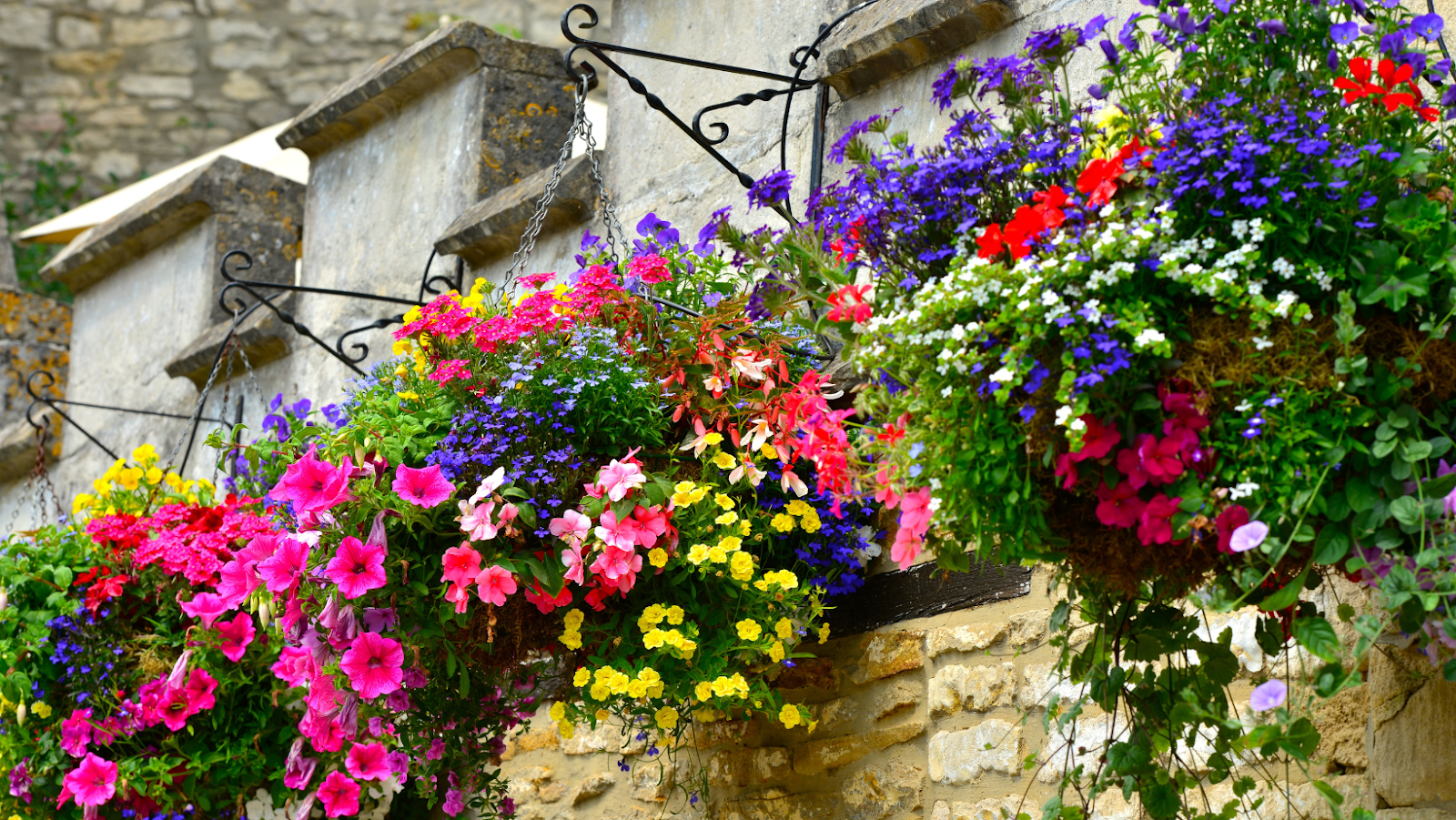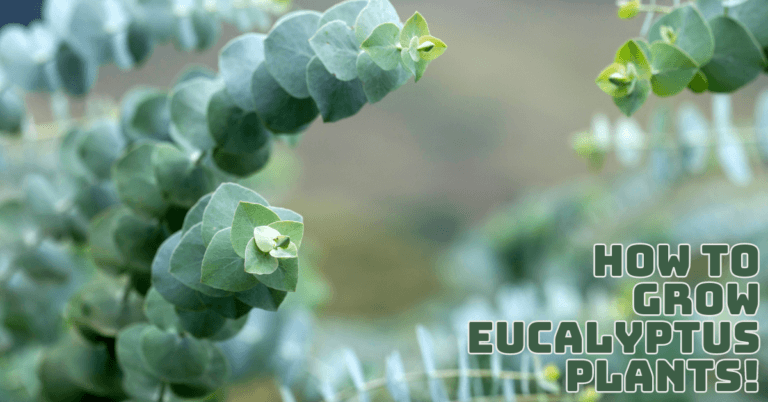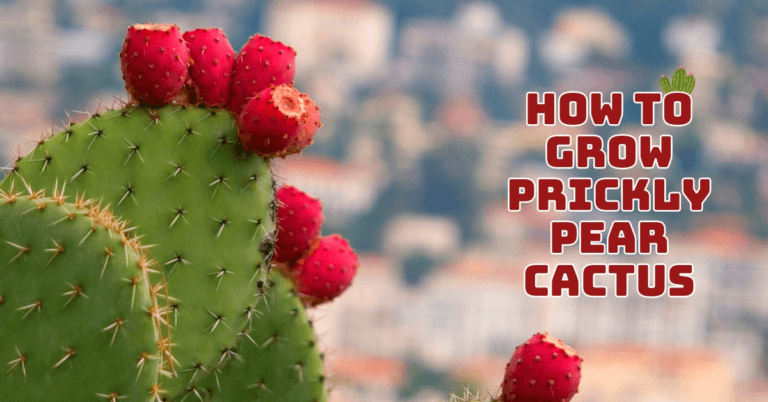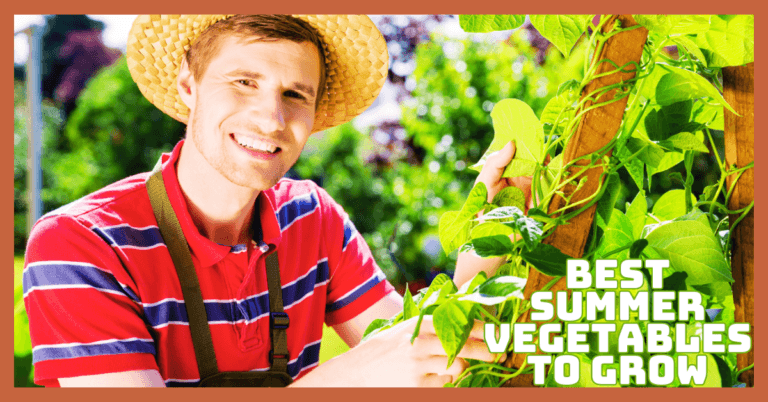Best Plants For Winter Hanging Baskets
Best Plants For Winter Hanging Baskets
At first, selecting the ideal plants for winter hanging baskets could cause some skepticism. Because of this, we frequently associate them with summery traits.
But when the weather turns chilly and other flowers wilt, a colourful cold-season display is ideal for perking up your yard.
It could be argued that winter hanging baskets are slightly more captivating than warm-weather equivalents.
With a little extra consideration and investigation, you might discover plants that yield examples with striking forms, unique leaves, or excellent textures, in addition to flowers and colour.
All of this is welcome in the winter garden, where there isn't much else to see. The positioning of winter displays has additional advantages.
Using hanging baskets, you can get around any limitations that soil or sunshine may have placed on your garden.
In essence, you can use whatever amount of dirt and compost and put them wherever growing your desired crop will be most successful.
They also add that “they can accommodate a range of different plants and offer protection against slugs.” Additionally, they are excellent for small plots with limited floor space.
Feeling the urge to claim your own? We've chosen some of the top plants for your winter hanging baskets so you can make a festive and vibrant arrangement.
There are several options, some of which you may recognize and others which may surprise you.
Why You Should Use Hanging Baskets For Winter
At this time of year, we may use our gardens less frequently, but we should still pay attention to them.
You may easily maintain the appearance of your winter garden without spending a lot of time outside by growing plants in outdoor hanging baskets and pots.
Winter hanging baskets are ideal for beginning gardeners because they require little maintenance and little outdoor space. Hanging baskets spruce up your doorway, patio, or balcony, even if you don't have a yard.
Hanging baskets may greatly enhance the planting space you have access to in a small garden, enabling you to create a larger plant display without taking up any ground space.
Additionally, container gardening is relatively inexpensive. You can upcycle items around the house to make your hanging baskets. You can use old colanders or modify an old watering can by drilling drainage holes in the bottom.
A hanging basket is a beautiful way to garden for wildlife in winter. By including winter hanging baskets in your garden, you can continue supporting the local wildlife by giving them food and shelter during this difficult time of year.
Best Plants For Winter Hanging Baskets
Even though many people enjoy winter, the overall darkness and dread may be rather unpleasant.
Many plants have difficulty growing or dying back, leaving us with drab gardens. But hanging baskets full of winter plants is a surefire way to inject colour and character into your room.
Plants can be grown in hanging baskets in limited places indoors, on patios, and on balconies.
Several winter plants spread hints of summer in the chilly months. Many people can withstand winter's rigours; some even possess winter-busting superpowers.
This list contains plants that can survive the winter and look fantastic in hanging baskets.
1. Pansies And Violas
Pansies and violas are ideal for vibrant hanging plants. These two plants are frequently used as filler plants in beds or containers because they are two of the simplest plants to grow.
However, their eye-catching blossoms may stand out on their own, which makes them excellent basket plants. Similar to violas, pansies like direct sunlight and can withstand some shade.
Their flowers must be the key factor in their differences. Pansies have larger flowers, while violas have many more of them.
Their hues, which range from blue to purple to even white and cream, are very similar. Plant these annuals (or short-lived perennials) in compost-enriched potting soil, and water them frequently to get the most out of them.
They require fertilizer at least once every four weeks because they are hungry plants. A balanced fertilizer ensures the most blossoms, and if you want even more bursts of vibrant flowers, choose a low-nitrogen blend.
Also edible are violas and pansies. Add warm summer hues and delectable winter fare to your hanging baskets.
2. Cyclamens
These tiny tuberous perennials offer a flash of summer to even the most drabby winters, making them a go-to for small containers and shadier areas under trees.
Sweet flowers from cyclamens are available in various hues, including red, white, pink, and even salmon.
Recent variants feature ruffled double blossoms and even more hues, including purple and yellow-green.
Heart-shaped, deep green leaves surround the flowers, which hang from stalks that are 12 to 16 inches tall.
Cyclamens are a favorite among little houseplants because they prefer the shade to heat. They are a superb choice to brighten your indoor space or shaded balcony on the chilliest winter days, thanks to their remarkable attribute of flowering in the winter.
However, while having this chilly trait, they do unluckily wither away in the heat.
However, you may remove all the leaves, store your baskets somewhere cool and dry, and ignore them.
Your cyclamens will begin regenerating in the cooler months, and prepare for some water and fertilizer.
3. Ivy
Ivy is typically considered a roving creeper that is left to travel anywhere it pleases. Where you reside, it can be considered an invasive plant that must be removed from flowerbeds.
They are attractive basket plants, but their creeping nature makes them so. Even in the dead of winter, their rambling vines cascade over basket sides, adding a year-round river of green.
Ivy can be grown in hanging baskets in several different types, such as English and Swedish ivy. The leaves of the former are lobed and vary in colour from pale to dark green. On the other hand, Swedish ivy has charming green leaves with white borders.
The Swedish plant is primarily grown indoors, whereas English ivy is typically planted outside but in shaded settings.
Regardless, they are both ideal for your winter hanging basket. Ivy needs good potting soil that drains properly and has enough airflow to grow.
It can be an invasive plant in your area that needs to be eliminated from flowerbeds. As these plants prefer the shadow, keep your basket in a shaded place with diffused light. Additionally, they dislike temperature changes and favour a constant range of 45°F to 80°F.
4. Ferns
Over time, ferns have become more and more well-liked, particularly as houseplants. They form interesting hanging basket plants and thrive indoors, protected from the cold, even in the winter.
They'll keep your area vibrant and lush in the depths of winter. Most fern species have similar requirements, such as a need for a little morning sun and afternoon shade.
They also prefer high humidity levels, so turn on a humidifier to hang your fern indoors.
Alternatively, you may make a statement by allowing your indoor garden to spill into the bathroom with the most humidity. Planting ferns requires good potting soil that drains well.
The type of ferns will determine how much water is needed. While most people prefer perpetually moist soil, others prefer soil that dries between watering.
All ferns need proper drainage because their roots don't like to sit in water. During the spring and summer, hanging ferns must be treated with a water-soluble fertilizer once a month. Choose a balanced fertilizer for a healthy fern.
5. Carex
Flowy, flowery plants spring to mind when thinking of hanging plants. Planting ornamental grass, though, gives hanging baskets a distinctive twist.
With their sharply edged leaves, decorative grasses provide a nice texture variety, just like in gardens.
The ideal sweeping grass for your extravagant winter hanging basket display is Carex. It is used as a filler plant, but because its thin leaves grow, arching over the basket's sides, it works best as a solo plant.
These pointed leaves change to a gorgeous golden brown in the fall, contrasting with other plants' greens and summer hues.
Carex does require assistance throughout the winter, though, as it needs more protection from the cold. Bring your basket indoors and cover it with mulch for added security.
This grass prefers consistently moist soil. Therefore, let this hanging basket plant alone or group it with other plants requiring the same amount of water. Carex may grow in either direct sunlight or shade.
6. Heucheras
Coral bells, or heucheras, are ideal for anyone looking to enhance their environment with colour and texture. They are a superior hanging basket plant due to their low maintenance requirements.
Coral bells are available in a wide range of hues. Their intriguing evergreen leaves can be conventional green, pink, purple, yellow, or gold.
Coral bells can be combined with other flowering hanging plants or planted on their own for a spectacular foliage appearance.
Heucheras are the perfect plant because they can survive in most conditions. Drought, humidity, cold, or heat don't bother them.
When it's hot and dry, plant your coral bells in rich, well-draining soil and water them frequently; otherwise, they're moderate water users.
7. Primulas
Primulas sometimes provide the simplicity required for a hanging basket arrangement. Primroses, sometimes known as primroses, aren't particularly tall flowering plants, but their colours make up for it. All but green. Primrose comes in a variety of colours, all except green.
Numerous hybrids have been developed over time, each with distinct characteristics and levels of hardiness. If you choose the proper primula, the fall and winter months will be filled with colours.
Because they are short, you can place them in your basket alongside other plants. But by placing numerous flowers in one basket, you may make a colourful ball.
Partial shade, such as morning light and afternoon shadow, is preferred by primulas. They require somewhat acidic, wet, organically rich soil that drains well.
They need slightly acidic, moist, organically-rich soil that drains well. Primulas, like many other plants, require frequent watering. But be careful to keep the ground dry.
8. Winter Iris
No matter where they hang, they give hanging baskets a vibrant touch. The Algerian iris blooms all through winter and is the most sought-after kind. These sturdy plants with flowers are the ideal wintertime colour palettes of blue, purple, and white.
Among the bunches of long, thin green leaves are these winter blossoms. These clumps are ideal for smaller hanging baskets because they are typically 12 to 18 inches broad. Winter irises require full sun to thrive but are simple to care for.
They are also reasonably drought-tolerant plants, so you won't suffer the consequences of skipping a few waterings.
Planting iris seeds in dry, porous soil is recommended. The bulb will decay if the ground has too much moisture.
9. Crocus
No list of winter plants is complete without a mention of the crocus. This flowered perennial can withstand the most challenging winters. Their fragile blossoms can resist freezing frost and retain exquisite colour all winter.
Crocus blossoms can bloom in gorgeous colours, including pink, white, purple, and even yellow. Nothing beats seeing signs of spring amid a gloomy day.
These colours may not be particularly distinctive, but their shape draws the eye. The petals form delicate cups that resemble a tulip with many petals as they bow upward.
Crocuses can tolerate little shade but require at least six to eight hours of direct sunlight daily.
They don't require additional fertilizer and will thrive in soil draining properly. This low-maintenance plant prefers a moderate moisture level and doesn't require a lot of water.
Wet soil can cause root rot, whereas excessively dry soil might cause the plants’ death. This plant will be pretty happy with healthy watering once a week.
Can Hanging Baskets Survive Winter?
Don't automatically assume that outdoor hanging baskets are only appropriate during the summer.
There are many wonderful winter plants for hanging baskets to pick from. However, many would suffer in cold temperatures.
Just make sure you choose hardy plant varieties which can survive in cold climates. You're well on making a wonderful winter hanging basket that is simple to maintain if you use winter-hardy container plants.
When Should You Plant Hangings Basket In Winter?
Late autumn is the best time to start a winter hanging basket. By activating it now, you'll give the plants time to establish themselves before winter hits and ensure they'll be ready to replace your autumn plants when the time comes.
Don't be concerned if you haven't planted anything and it's already winter. Any time during the winter, as well as in the early spring, is acceptable for planting winter hanging baskets. Remember that your basket will be put on a show if you grow it later.
Basic Tools For Planting Hanging Baskets
Although growing plants in containers and hanging baskets during the winter doesn't require many tools, acquiring some essentials is still a good idea. These will make planting and caring for your container simpler and faster.
You'll need a decent hand trowel to fill in around your plants and add compost to your hanging basket.
Ensure the size is appropriate for the container; for example, if your hanging baskets are small, you might want to use child-sized equipment.
You'll need a pair of gardening gloves to keep your hands safe while working in the garden. The type you choose is largely a matter of personal preference, but make sure you have free movement in your hands.
Additionally, obtaining a watering can is unquestionably an intelligent move. On hanging baskets, water them using a mini watering can because it's simpler to lift up high and doesn't overwater them.
The most crucial thing you can do to ensure the happiness of your hanging basket plants is to place them in the ideal location. This is sometimes called “right plant, the right site” in the gardening community.
Simply put, a plant will grow stronger, be less susceptible to pests, and require less upkeep if produced in a location that offers the desired circumstances.
Every plant has a particular set of environmental factors that they favour. For instance, it might be in the full sun, moderate shade, or full shadow, extremely sheltered, well-drained, or with damp soil. Your plants will thrive if you give them their preferred environment.
Your plants will thrive if you give them their preferred environment. The contrary will make them struggle.
Check your plants' care labels for information on their ideal environments. This information is also available online or through a plant identification app.
You can locate the ideal location for your hanging basket after you know your plants' requirements.
The alternative method is to decide where to place your hanging basket and buy plants that thrive in that environment.
Conclusion
Hanging baskets are an excellent way to provide colour at eye level and can decorate for interest year-round.
For a fleeting display, pick vivid bedding plants; for a lasting one, like herbs, shrubs, and evergreens.
Planting some winter hanging baskets and pots is one of the simplest methods to make your garden attractive in the winter.
Hanging baskets are an excellent way to provide colour at eye level and can decorate for interest year-round.
I trust you enjoyed this article on the Best Plants For Winter Hanging Baskets. Please stay tuned for more blog posts to come shortly. Take care!
JeannetteZ
>>>Please click here to read my all-inclusive article about Container Gardening<<<
>>>Are you interested in homegrown herbs and medicine? Please click here to find out more about it!<<<
Your Opinion Is Important To Me
Thoughts? Ideas? Questions? I would love to hear from you. Please leave your questions, experience, and remarks about the Best Plants For Winter Hanging Baskets article in the comments below. You can also reach me by email at Jeannette@Close-To-Nature.org.
Disclosure
This post may contain affiliate links. As an Amazon Associate and other affiliate programs, I earn from qualifying purchases at no extra cost to you. Please read my full affiliate disclosure.
You might also enjoy these blog posts:
Best Fall Planter Ideas For Your Garden
Best Steps To Grow Cyclamens In Containers























